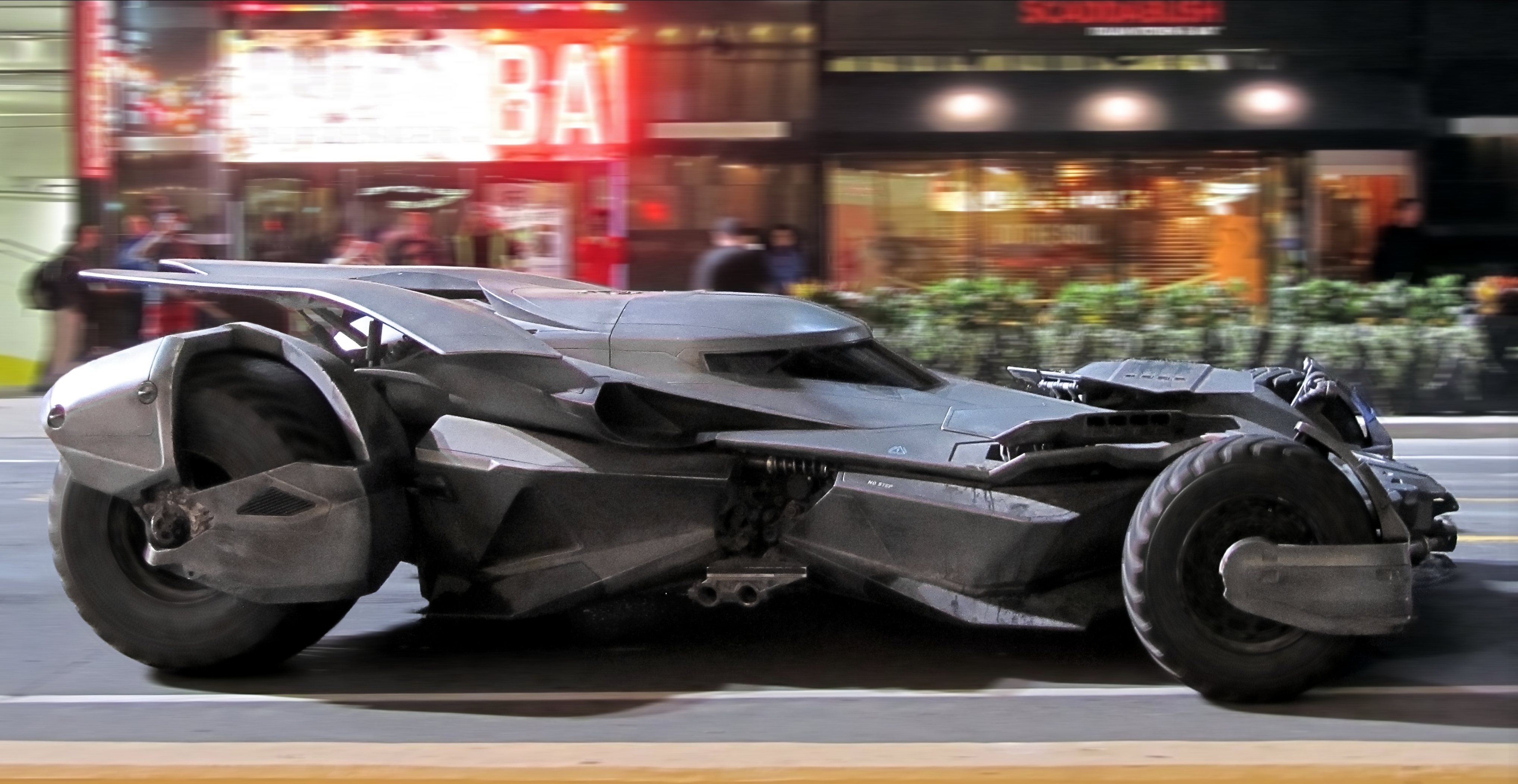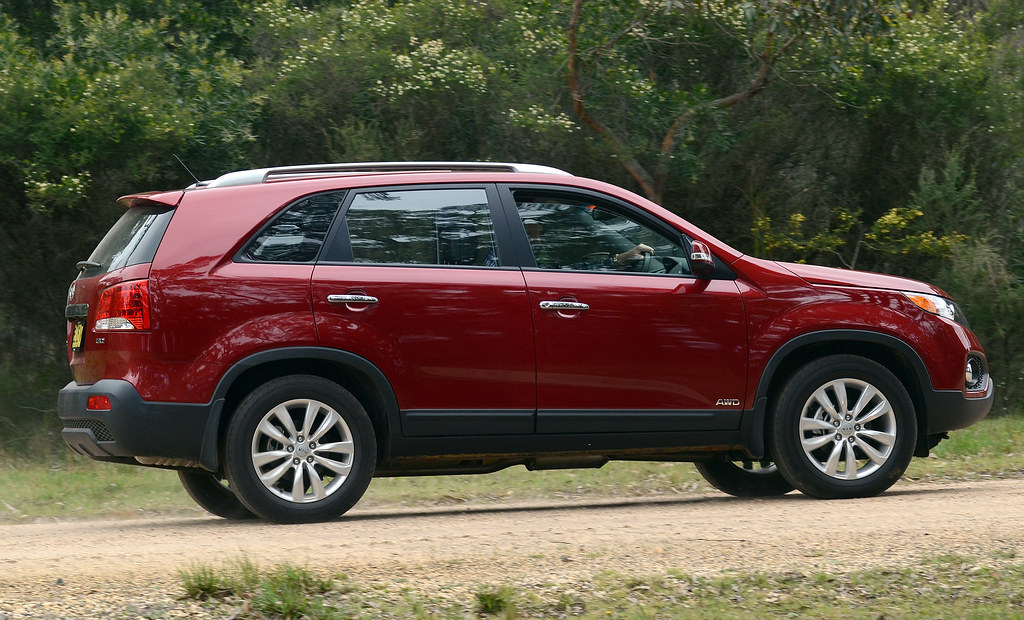
The Volkswagen Beetle is more than an automobile; it’s a cultural phenomenon that has transcended generations, with its journey starting back in 1938 when Ferdinand Porsche designed it as a revolutionary “people’s car” under the direction of Adolf Hitler.

As the Beetle rolled off the assembly lines in post-war Germany, it quickly gained traction as a symbol of economic recovery and middle-class growth. By 1955, the iconic Type 1 had reached a significant milestone, with over one million units produced. The design was revolutionary for its time, featuring a rounded silhouette, spacious interior, and a rear-engine layout. Its quirky appearance distinguished it in a car market that often favored larger, more ostentatious vehicles. This appeal extended beyond Europe, particularly into the United States, where it was embraced by the youth culture of the 1960s.

The Beetle’s quirky charm and affordability resonated with a generation that valued individuality and counterculture. Advertising campaigns from Doyle Dane Bernbach cleverly positioned the Beetle as an alternative to the ‘bigger is better’ mentality prevalent in American car culture. The agency’s famous tagline, ‘Think small,’ encapsulated the Beetle’s unique selling proposition, leading to skyrocketing sales that peaked at over 563,000 units in 1968.
Throughout the years, the Beetle became more than just a mode of transportation; it represented a lifestyle choice. Its appearances in popular films, such as Disney’s ‘The Love Bug,’ solidified its status as an icon of fun and freedom. The Beetle’s association with the hippie movement further enhanced its image as a symbol of peace and love, making it a cherished vehicle among many.
In 1978, production of the Beetle in Germany came to a halt, but the story was far from over. Production continued in Puebla, Mexico, where the Beetle was affectionately dubbed the ‘vochito.’ This iteration of the Beetle adapted well to the Mexican market, earning it the moniker ‘carro del pueblo.’ This enduring legacy in Mexico saw the Beetle thrive until 2003, longer than its production run in Germany.

The introduction of the New Beetle in 1998 breathed new life into the iconic design, capturing the nostalgia of past generations while appealing to a new audience. This retro-futuristic reimagining, spearheaded by Ferdinand Piech, featured a playful design that included elements such as a built-in flower vase. However, as consumer preferences shifted, the New Beetle’s popularity began to wane in the subsequent years.

As we acknowledge the end of the Beetle’s production in 2019, we reflect on its multifaceted legacy, which includes its ties to German history, its role in the global automotive landscape, and its cultural significance. The last of the 5,961 Final Edition versions of the Beetle will soon find its place in a museum, marking the conclusion of a remarkable journey that has spanned over eight decades. The Beetle has captivated hearts and minds, leaving an indelible mark on automotive history and pop culture alike.

In an era where the automotive industry is undergoing a transformation towards electric mobility, Volkswagen is pivoting towards a new future with their electric ID.3 model. While the Beetle may be at the end of its road, its spirit lives on in the hearts of enthusiasts and collectors around the world. The end of the Beetle’s production signifies not just the conclusion of a car’s life cycle but also a pivotal moment in the ongoing evolution of the automotive landscape.

The production story of the Volkswagen Beetle is as fascinating as the car itself, beginning in Germany and taking a pivotal turn when production shifted to Puebla, Mexico in 1967, where it birthed the beloved ‘vochito’ and showcased the vehicle’s resilience and adaptability in diverse automotive landscapes.

In America during the 1960s, the Beetle’s ascent was about more than just practicality; it became an emblem of counterculture, embraced by young people as a charming alternative to the larger cars that dominated the streets, aligning perfectly with the spirit of the peace and love movement.

The Beetle’s remarkable success can be attributed to groundbreaking advertising strategies, particularly the clever campaign by Doyle Dane Bernbach that urged consumers to ‘Think small’, positioning it as a wise choice in a world of larger vehicles and resonating deeply with a population seeking authenticity.

**Cultural References and Iconic Appearances**: Beyond advertising, the Beetle carved its place in pop culture through various media. One of the most notable appearances was in Disney’s ‘The Love Bug,’ which featured a sentient Beetle named Herbie. This film catapulted the Beetle into the hearts and imaginations of audiences, further solidifying its status as an automotive icon. The legacy continued with sequels and spin-offs that ensured the Beetle remained relevant in popular culture.

To revive the Beetle’s enchanting appeal in the late 1990s, Volkswagen introduced the New Beetle in 1998, aiming to blend nostalgia with modern technology, featuring whimsical touches like a flower vase, but ultimately facing challenges as consumer interest shifted towards SUVs and larger models.

**The Final Edition**: Marking the end of the Beetle’s journey, Volkswagen produced a limited series known as the Final Edition. These special models captured the essence of the Beetle while celebrating its long history. The last of these vehicles rolled off the assembly line in 2019, encapsulating over eight decades of memories and experiences that the Beetle provided to millions of drivers worldwide.

Often viewed as a symbol of globalization in the automotive arena, the Beetle’s influence reached far beyond Europe, becoming a beloved sight in various countries and uniting diverse cultures through a shared appreciation for its unique design and significance.

**Anticipating Electric Futures**: As the automotive landscape shifts towards electric mobility, there’s speculation about the potential revival of the Beetle in an electric form. Volkswagen executives have hinted at this possibility, suggesting that a modern electric Beetle could rekindle its legacy for future generations. Such a move would honor the Beetle’s roots while addressing contemporary environmental concerns, keeping its spirit alive in a new era of sustainability.
As we reflect on this captivating journey, the Beetle’s discontinuation signifies more than just a beloved model’s end; it represents the evolution of consumer preferences and automotive technology, leaving behind a legacy that continues to inspire future generations, reminding us all of the joy that comes from driving a car rich with cultural history.
Related posts:
From Nazis to hippies: End of the road for Volkswagen Beetle
Alcatraz East Pigeon Forge
From Nazis to hippies: End of the road for Volkswagen Beetle — AP Photos







